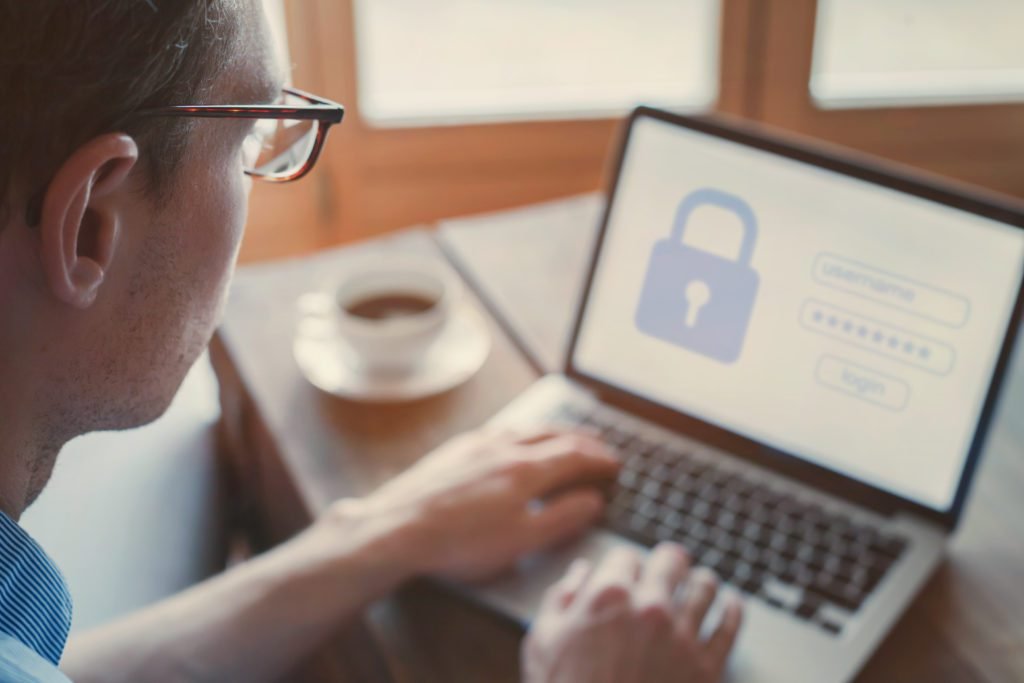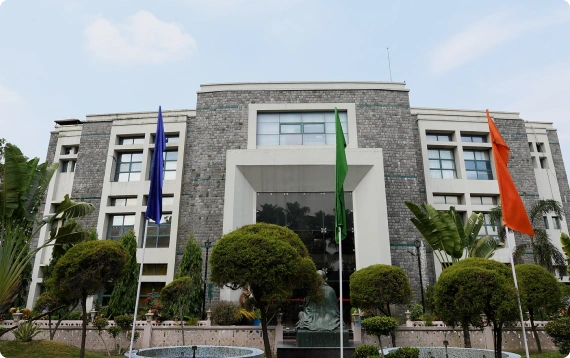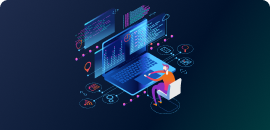Last updated on April 4th, 2024 at 10:06 am
Protecting computer systems, networks, and electronic devices from unauthorized access is known as cybersecurity. It involves a wide range of strategies, technologies, and practices developed to defend against cyber attacks, which can come in the form of viruses, malware, phishing, ransomware, and other forms of online threats.
In today's digital age, cybersecurity has become a critical concern for individuals, businesses, and governments. With the technology and increasing reliance on the internet, cyber attacks have become more complicated to track. It results in financial losses, reputation damage, national security threats, etc. In this article, you will explore the top 10 cybersecurity trends to reduce the risk of data theft.
Top 10 Cyber Security Trends For 2023

Cybersecurity is one of the most critical concerns today, as cyberattacks have increased significantly in recent years. With the growing use of technology and the internet, staying aware of the latest cybersecurity trends and threats to protect your personal and business data is essential. Here are the top ten cybersecurity trends to watch out for in 2023.
1. Automation Hacking
As cars become more connected to the internet, they are more susceptible to cyberattacks. Organizations must execute proper security measures to safeguard connected vehicles. These measures include encryption of sensitive data, robust authentication protocols, and real-time monitoring for suspicious activity.
2. Mobile: The New Target
Mobile banking malware and attacks have increased by 50% in recent years, making handheld devices an attractive target for hackers. The rise in mobile malware has become a major concern, and it will likely continue to be a focus in 2023. It is one of the top cybersecurity trends that pose a potent threat to you, as your data, such as photos, financial transactions, emails, and messages, are at risk of being compromised.
3. Cloud Security
As cloud computing becomes more widespread among organizations, enhancing security measures to prevent data breaches is crucial. While cloud platforms such as Google and Microsoft provide robust security features, human error, malware, and phishing attacks remain significant sources of security loopholes.
These risks can lead to severe consequences, such as data loss or compromise. Therefore, organizations must remain vigilant and implement effective security measures to mitigate the risks associated with cloud computing.
4. IoT and 5g
As 5G networks continue to develop, the era of the Internet of Things (IoT) will become more dominant, connecting various devices. However, this connectivity also poses a significant threat from potential cyberattacks, external influence, or unknown software bugs. Even the most widely used web browser, Google Chrome, has been found to have serious security bugs.
Given the relatively new nature of 5G architecture, further research is necessary to identify and address potential vulnerabilities and ensure the system is secure from external threats.
5. Targeted Ransomware
Targeted ransomware has become an increasingly important cybersecurity trend that cannot be overlooked. Ransomware usually demands payment in exchange for not publishing the victim's data. Those industries that rely heavily on specific software to carry out their daily operations become the prime targets of ransomware attacks. These attacks are highly focused, such as the WannaCry attack on National Health Service hospitals in England and Scotland, which compromised over 70,000 medical devices.
6. Cyber War By States
Tensions between Western and Eastern countries continue to rise as they vie for technical and military supremacy. The conflicts between the US and Iran or Chinese hackers also make global headlines, and although the number of attacks may be relatively small, they can have a powerful impact on events such as elections.
With over 70 elections scheduled to be held this year, criminal activities during this time are likely to increase. As a result, data violations, political spying, and industrial spying are expected to be one of the top cybersecurity trends for 2023.
7. Insider Threat
Human error is one of the leading causes of data breaches because a single mistake or intentional action can compromise an entire organization and result in the theft of millions of data records. According to a report by Verizon on data breaches, 34% of all attacks were directly or indirectly caused by company employees.
Therefore, creating a culture of awareness and education is crucial to ensure that your employees understand the importance of safeguarding data and the potential consequences of their actions.
8. Real-Time Data Monitoring
To detect and respond to any suspicious activity on time, real-time data monitoring is an important security measure that organizations must prioritize. Having relevant measures in place to monitor all data activity is essential. It includes implementing automated alerts and logs monitoring systems that can quickly identify any unauthorized access, potential data breaches, etc.
9. Multi-Factor Authentication
Multi-factor authentication (MFA) is the best security measure to prevent unauthorized access to accounts. It includes multiple forms of authentication before granting access. This added layer of security significantly reduces the risk of cyberattacks, as hackers would need to access multiple pieces of information, such as a password and a code sent to a user's phone, to gain access.
10. Potential Of AI
The integration of Artificial Intelligence (AI) has revolutionized the cybersecurity world. The combination of machine learning and AI has promoted the development of advanced security systems that utilize natural language processing, facial recognition systems, and automated threat detection systems.
AI is automating and streamlining security measures, making them more effective and efficient. Hackers also leverage AI to create complex malware and attacks that can bypass even the latest security protocols.
Conclusion
The Top 10 Cybersecurity Trends in 2023 show that hackers are becoming more advance in their attacks. Therefore you must be attentive to protect your and your customer's data.
Real-time data monitoring, multi-factor authentication, and AI-based automated security systems are among the measures organizations can take to fight against cyberattacks. A good knowledge of the cyber world is also beneficial for preventing cyber fraud. If you want to enhance your cybersecurity knowledge and protect your organization from cyber threats, look at the cybersecurity course offered by Imarticus Learning.
Enrol Now and Get The Cybersecurity Course at an Affordable Price.










